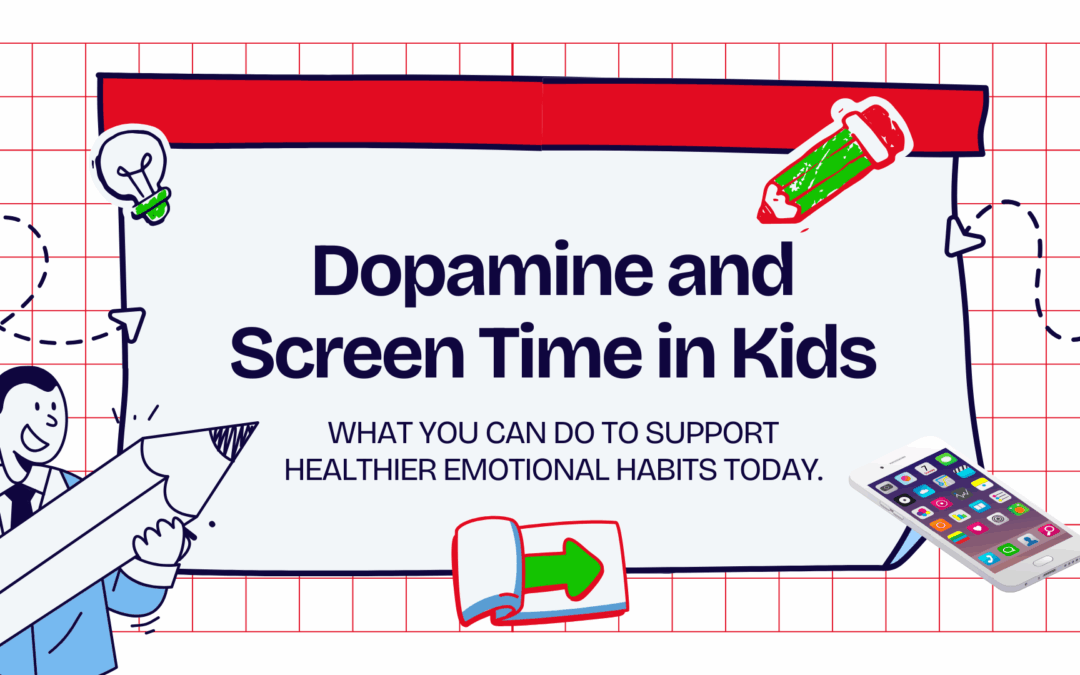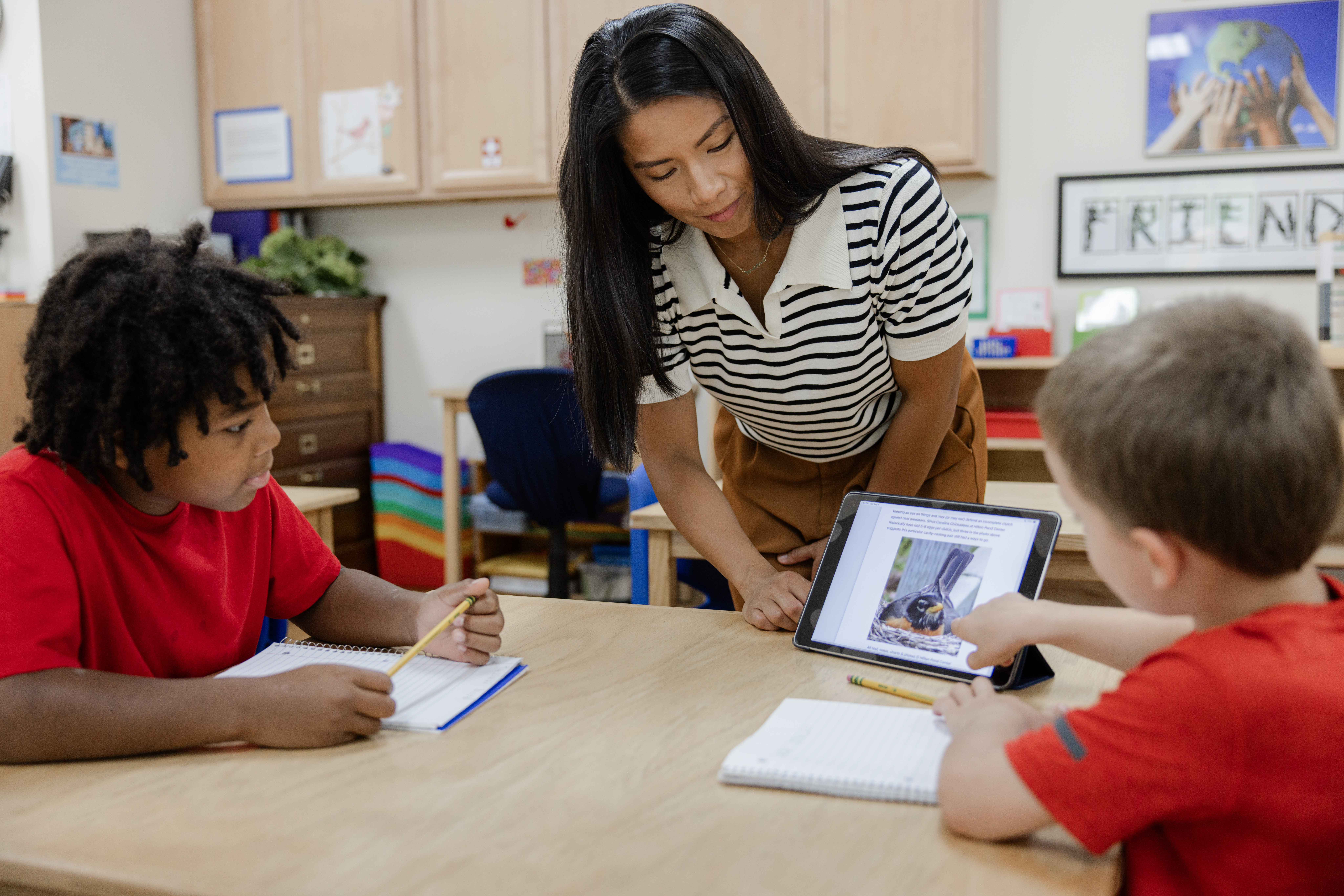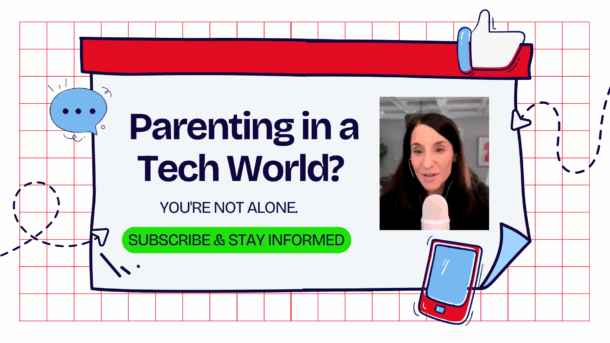If you’ve ever handed your child a tablet during a meltdown or relied on screen time to buy a few moments of peace — you’re not alone. It’s a modern-day parenting tool many of us turn to. But as emotional outbursts, bedtime battles, and screen-time struggles become more common, many parents are left asking: What’s really going on beneath the surface?
The answer may lie beyond just “too much screen time.”
New research shows that the connection between dopamine and screen time in kids could be the key to understanding the behaviors we’re seeing — and how to better support our children’s emotional and brain development.
Let’s take a look at how stimulating content triggers dopamine, why kids are wired to seek it, and what it means for their ability to self-regulate in everyday life.
Table of Contents
Dopamine and Screen Time in Kids
As parents, we’ve all handed a screen to our child for just one more minute — to soothe a meltdown, cure boredom, or simply catch our breath. If that sounds like you, you’re not alone — and you haven’t failed.
But what if the issue is bigger than just screen time?
What if the behaviors we’re seeing — the meltdowns, mood swings, and hyper-fixation on devices — are symptoms of something deeper… something chemical?
Let’s look at what’s really going on inside our kids’ brains — and how we can gently support them back to balance.
The Brain Behind the Behavior: Dopamine 101
What does dopamine do in kids?
Dopamine is a natural chemical in the brain that gives us that feel-good sensation. It helps with motivation, reward, and pleasure — and it plays a major role in how we learn habits.
But when kids spend hours watching fast-paced videos, playing addictive games, or scrolling through sensory-loaded apps, something shifts.
Screens release large and repeated doses of dopamine. And over time, the brain starts to crave that flood of stimulation.
Not because our kids are being difficult.
Not because they’re addicted by choice.
But because their developing brains are wired to chase what feels good — and screens deliver that, instantly.
Related Article – ‘Anti-dopamine parenting’ can curb a kid’s craving for screens or sweets” Michaeleen Doucleff
What We Accidentally Taught Them
Let’s be real: we all wanted to help our kids feel better in those tricky moments. But there’s something important we need to understand about repeated digital use:
What we meant as support…
…may be teaching this emotional shortcut:
- Bored? Tap a screen.
- Overwhelmed? Watch something fast.
- Feeling big emotions? Distract, swipe, scroll.
Over time, childrens brain development learns: “I’m uncomfortable… so I need a screen.”
So when we try to cut back on screen time — even with the best intentions — what we sometimes see is withdrawal behavior. Not disobedience. Not disrespect. But a young brain trying to adjust to less dopamine than it’s used to.
This Isn’t About Guilt — It’s About Understanding
Here’s something every parent needs to hear clearly:
You didn’t mess up by using screens.
We used the tools we had at the time. And now that we have more insight into the neurology behind screen time behavior, we can respond with compassion and confidence — not control, guilt, or shame.
What many parents are noticing isn’t “bad behavior.”
It’s a brain learning how to function without constant stimulation — and that takes time, consistency and support.
What Our Kids Actually Need
Rather than doubling down with stricter rules or punishments, what our kids really need is support in a few key areas. Natural ways to help kids regulate dopamine:
🧠 Dopamine Rebalancing
Help their brains re-learn joy in slower, steadier activities:
- Nature walks or free outdoor play
- Reading stories together
- Creative expressive play (drawing, music, building)
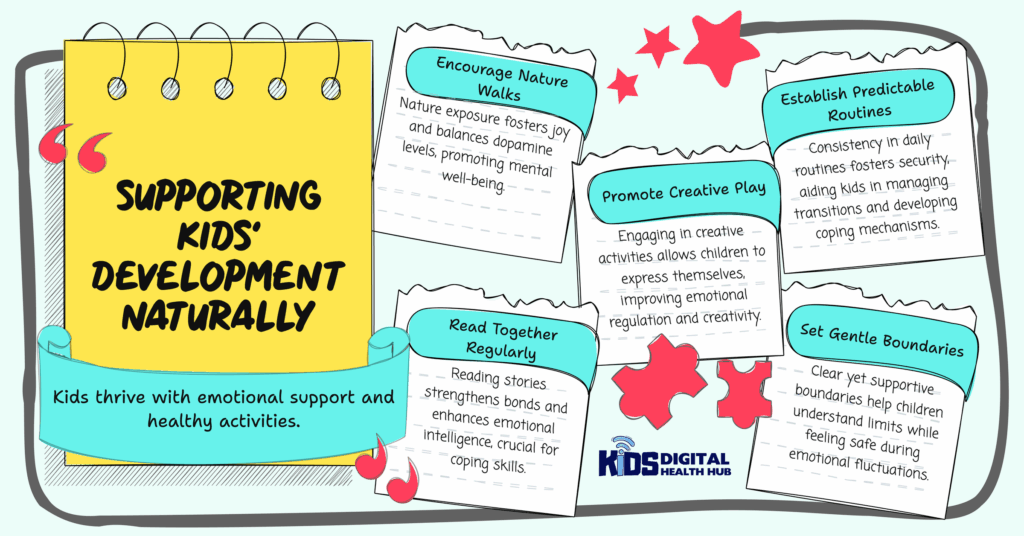
🌿 Nervous System Regulation
Screens often replace moments when kids need to practice transitioning, being bored, or facing discomfort.
To rebuild this skill, offer:
- Predictable routines
- Gentle boundaries
- Extra patience during transitions or device cutoffs
💬 Emotional Coping Skills
It’s not just about distraction — it’s about learning what to do with their big feelings.
Support them by helping them:
- Name their emotions
- Practice breathing tools
- Get sensory input (a walk, a hug, a swing)
Rebuilding, Not Punishing
We can’t punish our way out of a dysregulated brain.
But we can help our kids reset — with:
- Loving connection
- Clear, screen-smart habits
- Opportunities for messy, meaningful, real-life joy
This is how we gradually help their brains find balance again — not just for today, but for years to come.
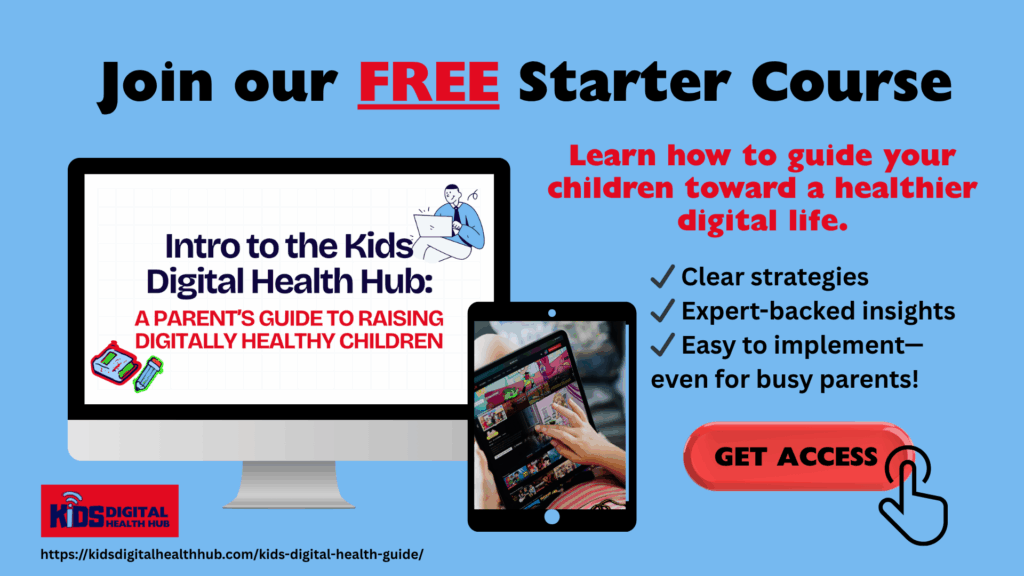
Let’s Give Them Their Brain Back — Together
This isn’t about being perfect.
It’s about making small, consistent changes that support brain health, emotional well-being, and true presence.
At Kids Digital Health Hub, we’re here to remind you:
- You’re not failing.
- You’re not alone.
- And your child’s brain is absolutely worth the reset.
🎯 Want support?
Explore our free resources, podcast episodes, and family-friendly solutions at kidsdigitalhealthhub.com

